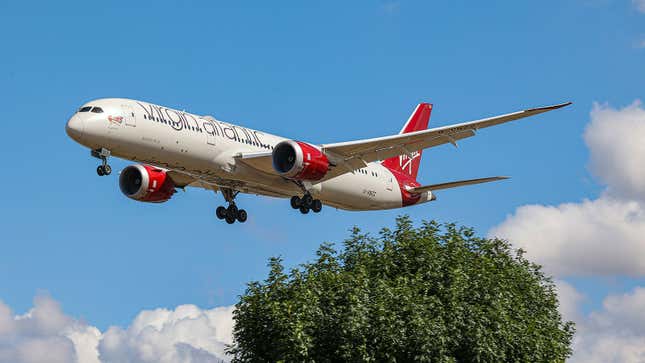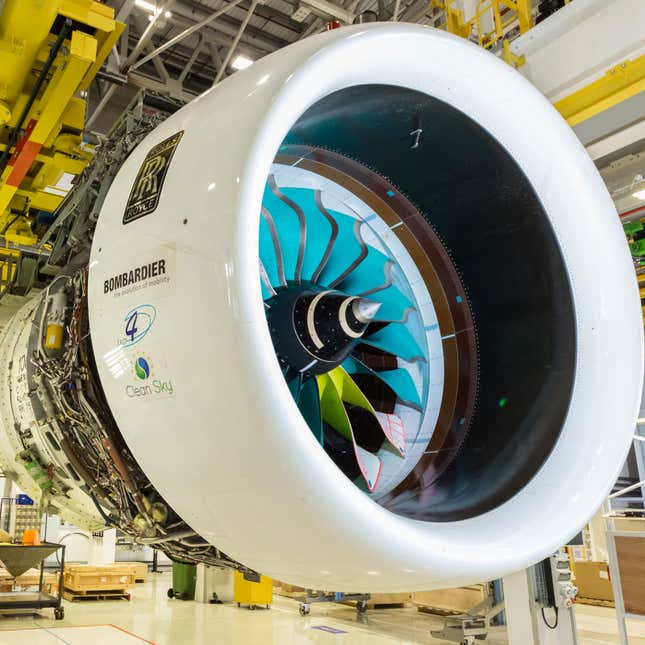
It’s no secret that we need to uncover ways to make air travel more sustainable. In the U.S. alone, air travel accounts for 10 percent of greenhouse gas emissions, and as the number of flights taking off each day rises that percentage could go up. To combat this, aircraft builders and engine manufacturers have begun experimenting with novel ways of powering flight, including electric motors and even hydrogen-powered engines. But now, one British airline will trial the first transatlantic flight to run on something called Sustainable Aviation Fuel (SAF).
On November 28th, a Virgin Atlantic Boeing 787 Dreamliner will take off from London’s Heathrow on a flight to JFK in New York. But instead of its two Rolls-Royce Trent 1000 engines running on traditional jet fuel, the plane will be fueled for the entire trip on a sustainable alternative.
This will be a first for the industry, as presently airlines are only permitted to operate flights with up to 50 percent sustainable fuels blended in with traditional jet fuel. For the test flight, Virgin Atlantic has partnered with Air BP and Virent, which will provide a new fuel that cuts lifecycle CO2 emissions by as much as 70 percent.

To make its SAF, Air BP uses feedstock such as used cooking oil and household food waste. The waste is collected by BP, refined and turned into a fuel that can be blended with jet fuel as necessary. Because of this, it’s often called a “drop-in” fuel, which helps cut some of the emissions from air travel.
However, for the Virgin Atlantic flight, this fuel won’t be blended with traditional kerosene fuels, and will instead be used solo – albeit blended with 12 percent aromatics, which helps it meet the performance needs of the flight.
“SAF is currently the most viable option to help us meet the industry’s net zero ambition and in the short and medium term it will be the only option for long-haul flights,” said Andreea Moyes, global aviation sustainability director at Air BP in a statement. “Moving our industry and policy towards the use of 100% SAF is important as we work in collaboration with key stakeholders to help decarbonize aviation.”
Prior to takeoff of the flight, Virgin Atlantic and Rolls Royce have carried out extensive ground tests of the fuel in the Rolls-Royce Trent engines that power the 787 Dreamliner. The Virgin test also follows a pilot project from AirAsia in India, which was the first flight to be only powered by SAF.
Despite both the India test and this transatlantic flight relying solely on SAF, current targets only require airlines to fuel their fleets with 10 percent SAF by 2030 in the UK. Here in the U.S., the aviation industry hopes to have access to 3 billion gallons of SAF by 2030. The Biden administration also announced that by 2050, all domestic flights in the U.S. should be powered by SAF.
At its peak in 2019, the global commercial airline industry consumed around 95 billion gallons of jet fuel over the year. In the U.S., commercial aviation burned through 1.5 million barrels of aviation fuel per day last year.